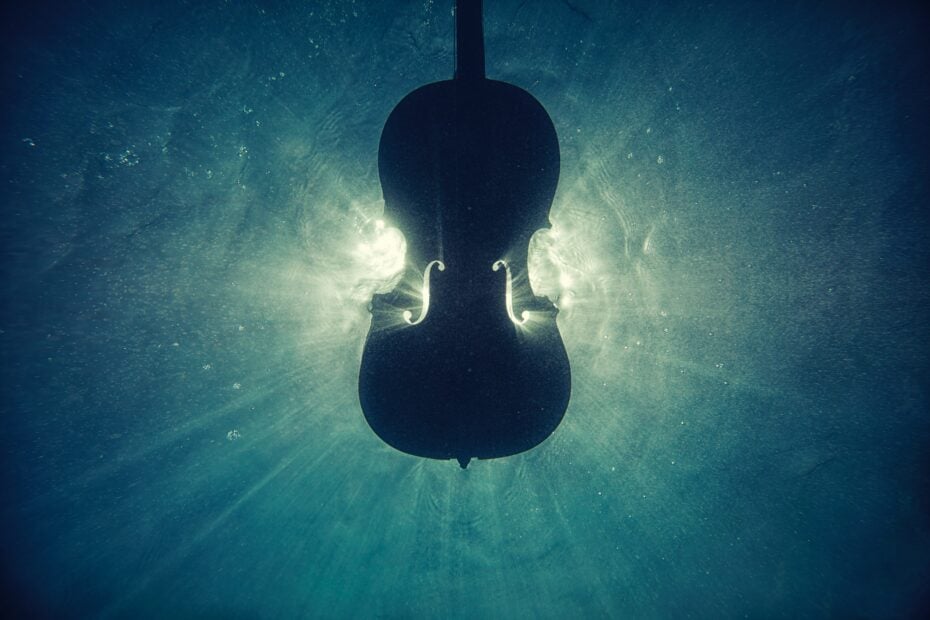WISeKey International Holding Ltd., a leading global cybersecurity, AI, Blockchain and IoT company, today announced that its WISe.ART 2.1 NFT Marketplace will create an NFT for a major cubist art piece by Picasso Art “The Magic Violin” as a phygital package including the original artwork and a hologram version of the NFT which will be broadcasted in two different museums simultaneously using the latest hologram technology.
Picasso who was greatly influenced by Japanese art in the early 20th Century was passionate about cutting out shapes of cardboard and any other material like metal, wood and paper, which then he could shape and split into geometrical forms, flattening 3Ds into two dimensional renderings.
Artists around Picasso cut, glued, and assembled everyday life materials which they found in their studios like newspapers, wallpaper scraps, music scores. The shapes of the cut-outs were simple geometrical shapes. Their use was critical to the evolution of Cubism. It allowed color to be reintroduced in order to suggest a certain depth by superimposing different planes. It answered a profound need to explode the accepted canons of art to appropriate the concrete realities of an industrialized world. The use of pasted paper can be divided into three distinct periods. The first, to which the “Magic Violin” belongs, employs a framework, either painted or drawn, which sets up a dialogue with the pasted pieces of newspaper, colored paper or, as in this case, music scores. The second period, between February 1913 and the early spring of that year, saw the use of the real object as a form of expression, clearing the way for what was to be called synthetic Cubism. In the third period, between March 1914 and the beginning of summer Picasso experimented with the effect of materials.
In his video, Pedro Sandoval romanticises a true story where two violins were stolen from Le Douanier Rousseau (another French artist known for his “naïve” renderings of nature) in Paris. The case holding the two violins was left empty. Picasso who greatly admired the saddened artist replaced the violins with a cut out shape of a violin and placed it in the empty case for his friend. The case with the cardboard violin is now the property of a Spanish collector, Marco Salazar Ruiz’ grandson.
The art piece was recently exhibited as follows:
- In 2020 at the Museum of the Royal Conservatory of Music in Madrid, founded by Queen María Cristina in 1830
- In 2021 at the San Clemente Cultural Center in Toledo, in the times of Alfonso VII in 1085
- In 2022 in the City of San Clemente in Cuenca by the Antonio Pérez Foundation
“The Metaverse marks a very important guideline in the visual arts, just as the modernists did in their time, even more so, a work from 1912-14 that has presented the opportunity to enter the art of the future under the creativity of Pedro Sandoval recognized Venezuelan artist and the security guaranteed by the electronic commerce platform for NFTs WISe.Art, that emulate the old collectors and patrons of the early twentieth century,” said Marcos Salazar Ruiz, owner and recognized Venezuelan plastic artist.
The new design of the WISe.Art 2.1 platform ensures that besides an authenticated and signed version of the actual digital asset, an irreversible link to a physical object can be set up, in addition to proof of ownership, provenance and a set of contracts describing future use and monetization streams, if relevant.
The NFT tokenization uses the WISeKey registered patent application, “System and Method for Providing Persistent Authenticatable NFT” in the USA. With this method, NFTs have increased in value and will hold their long-term value.
NFTs and the platform are secured by WISeKey’s own security technology enabling the protection of physical objects as well as digital assets in a safe end-to-end process. Smart contracts and physical contracts can be included in the NFTs to describe the usage rights of the NFT buyer, including monetization of their collection. It also allows the original creator to potentially participate in future royalties. This option creates new funding opportunities for artists with large collections, as well as sophisticated ways for a better appreciation of their work.
WISeID is a trusted identity service that enables access to the web and mobile applications with strong authentication techniques. WISeID supports online KYC onboarding, OTP and digital certificate login, and an innovative “hands-free” secure login based on QR-Codes which users can read using WISeID suite of mobile applications without even having to type any passwords.
Additional security services include digital signature services for documents. WISeID implements standards such as OpenID Connect and OAUTH2, that can be easily integrated by customers to enhance the security of their cloud applications. WISeID can also be combined with Microsoft Active Directory, facilitating integration with corporate applications.
About Pedro Sandoval
Pedro José Sandoval is a Venezuelan artist known for his abstract neo-expressionist artwork. Much of his work deals with color, movement, and texture. His work is in the permanent collection of the Boca Raton Museum of Art. He lives and works between Madrid, Berlin, and New York City.
Photo by Josep Molina Secall on Unsplash
Read other stories: Tokened Launches New NFT Platform
UneMeta, the NFT Incubator, Trading and SocialFi Platform, Raises $5 Million


